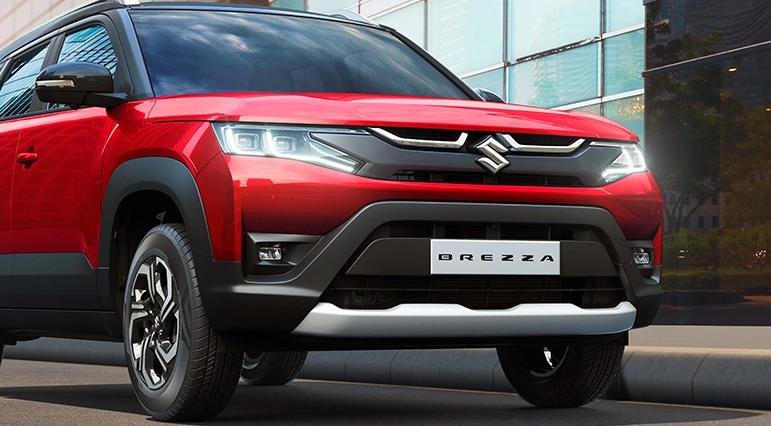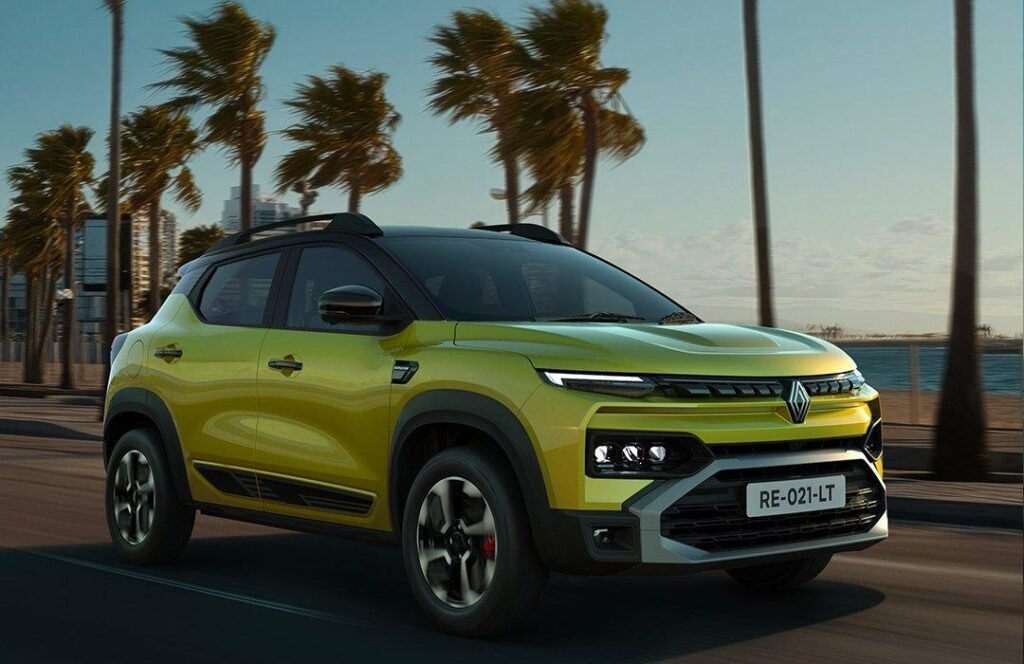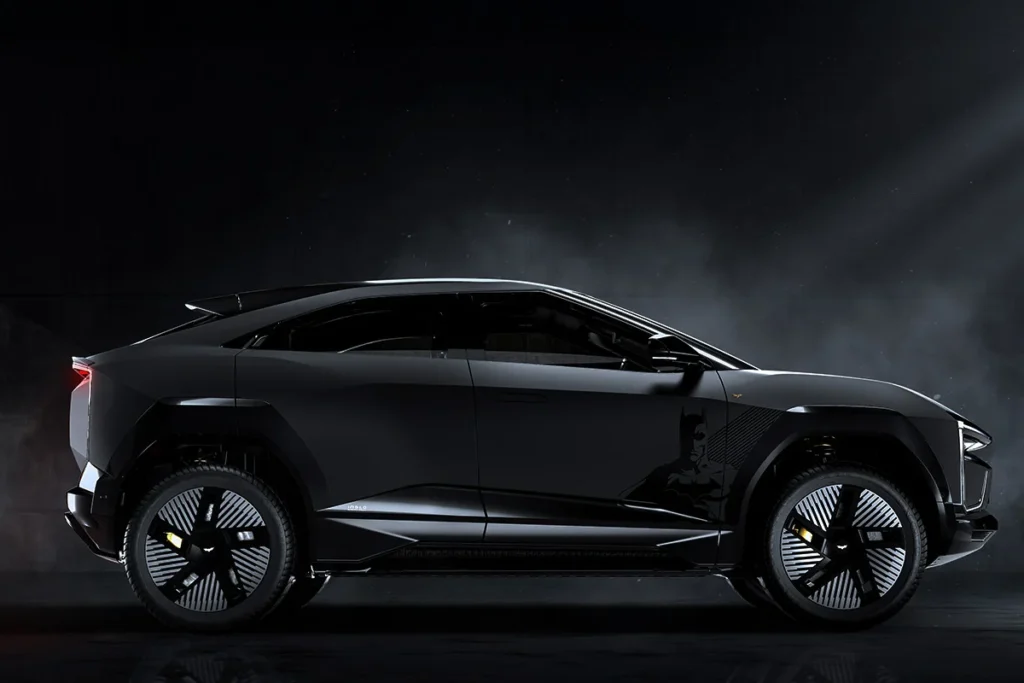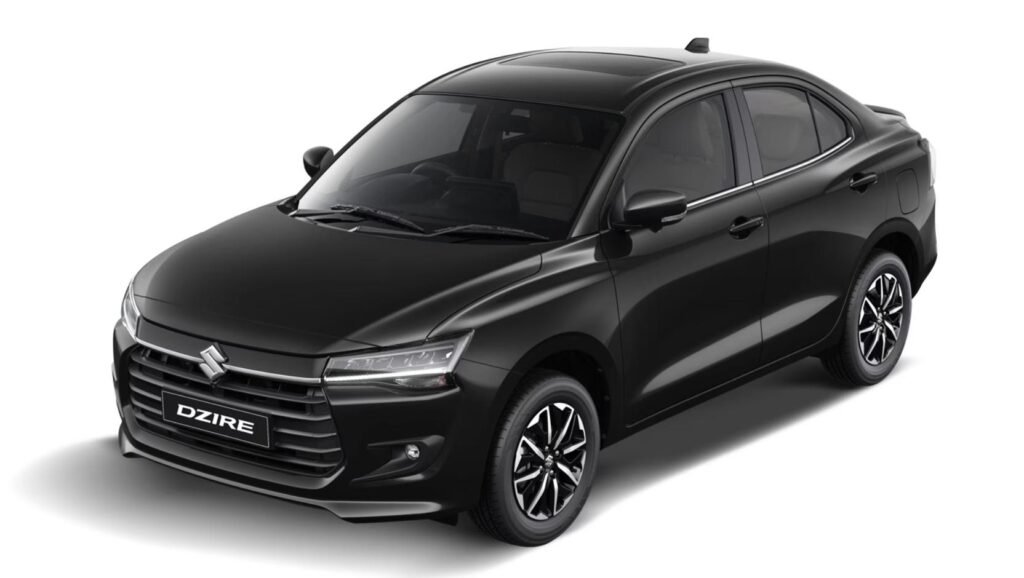The Indian government has announced significant GST rate cuts for cars that will substantially reduce vehicle prices across multiple categories, providing much-needed relief to consumers and a boost to the automotive industry. Effective from September 22, 2025, the new tax structure simplifies the earlier complex system while delivering meaningful savings, particularly for small car buyers and motorcycle enthusiasts.
Also Read: August 2025 Car Sales- Toyota, Maruti, MG, Mahindra, Tata & Hyundai

Also Read: 2026 Volkswagen Taigun Facelift Spied Again
GST Rate Cuts for Cars: Comprehensive Tax Restructuring
The GST rate cuts for cars represent the most significant automotive tax reform in recent years, reducing the number of tax slabs from eight to just three categories. This streamlined approach eliminates the complex cess structure that previously added layers of taxation, making the system more transparent and consumer-friendly.
Key Changes:
- Small cars see dramatic reduction from 28-31% to 18%
- Larger vehicles unified at 40% (down from 43-50%)
- Complete elimination of cess across all car categories
- Simplified three-slab structure replacing previous eight slabs
- Electric vehicles maintain favorable 5% GST rate

Complete GST Rate Changes for Cars (Old vs New)
| Vehicle Category | Old Rate (GST+Cess) | New Rate (GST) | Tax Reduction |
|---|---|---|---|
| Small Cars: Up to 4m, up to 1200cc petrol | 29% (28%+1%) | 18% | 11% |
| Small Cars: Up to 4m, up to 1500cc diesel | 31% (28%+3%) | 18% | 13% |
| Mid Cars: 4m+ with 1201-1500cc engine | 45% (28%+17%) | 40% | 5% |
| Large Cars: 4m+ with 1501cc+ engine | 48% (28%+20%) | 40% | 8% |
| Large UVs: 4m+, 170mm+ GC, 1500cc+ | 50% (28%+22%) | 40% | 10% |
| Small Hybrids: Up to 4m, 1200cc/1500cc | 28% (GST only) | 18% | 10% |
| Large Hybrids: 1201cc+ petrol/1501cc+ diesel | 43% (28%+15%) | 40% | 3% |
| Electric Vehicles | 5% (GST only) | 5% | No change |

Also Read: EV Car Sales August 2025 – Record 17,298 Units Sold with 155% YoY Growth
Small Car Segment Benefits Most from GST Rate Cuts
The most significant winners from the GST rate cuts for cars are small car buyers, who will see substantial price reductions. Vehicles measuring up to 4 meters in length with engines up to 1,200cc (petrol) or 1,500cc (diesel) now attract only 18% GST, down from the previous 28-31% effective rate.
Impact on Popular Models:
- Entry-level hatchbacks like Maruti Alto, Swift, and Tiago
- Compact sedans including Dzire, Amaze, and Tigor
- Small SUVs such as Nexon, Venue, and Sonet (if they meet size criteria)
- Hybrid variants of qualifying small cars
This reduction could translate to price drops of ₹30,000-₹80,000 for many popular models, making car ownership more accessible to first-time buyers and budget-conscious families.

Also Read: Maruti Suzuki Victoris 5-Star Safety Rating at Bharat NCAP
Larger Vehicles See Moderate Relief
While not as dramatic as small car benefits, larger vehicles also gain from the GST rate cuts for cars through the new unified 40% rate. Previously, these vehicles faced varying tax rates of 43-50% depending on engine size, body style, and other factors.
Benefits for Larger Vehicles:
- Midsize SUVs like Creta, Seltos, and Hector
- Premium sedans including Virtus, Slavia, City and Verna
- Large SUVs such as Fortuner, Endeavour, and XUV700
- Luxury cars across all segments
The elimination of cess and standardization at 40% provides clarity and modest savings, particularly beneficial for SUVs and premium vehicles that previously faced the highest tax rates.

Electric Vehicle Policy Unchanged
Significantly, the GST reforms maintain the current 5% GST rate for electric vehicles, preserving the government’s commitment to promoting sustainable mobility. This decision comes despite earlier speculation about potential EV tax increases and provides continued support for India’s electric transition.
EV Market Impact:
- Luxury EV segment maintains competitive advantage
- Mass-market EVs continue favorable taxation
- Government’s electric mobility mission remains on track
- Industry confidence in EV investments preserved
Industry Response and Market Implications
The announcement of GST rate cuts for cars has been welcomed by industry bodies and manufacturers, who expect increased demand and market growth. Mr. Shailesh Chandra, President of SIAM, expressed gratitude for maintaining EV rates and supporting sustainable mobility initiatives.
Expected Market Benefits:
- Increased affordability driving higher sales volumes
- Boost to festive season demand
- Support for economic growth through automotive sector
- Enhanced competitiveness of Indian-made vehicles
- Simplified tax compliance for manufacturers and dealers
Conclusion
The comprehensive GST rate cuts for cars represent a landmark policy shift that prioritizes affordability and market growth while maintaining support for environmental initiatives. Small car buyers emerge as the biggest winners with substantial tax reductions, while larger vehicle segments also benefit from simplified and reduced taxation. The preservation of favorable EV rates demonstrates continued commitment to sustainable transportation, making this reform a balanced approach to supporting both immediate market needs and long-term environmental goals.

